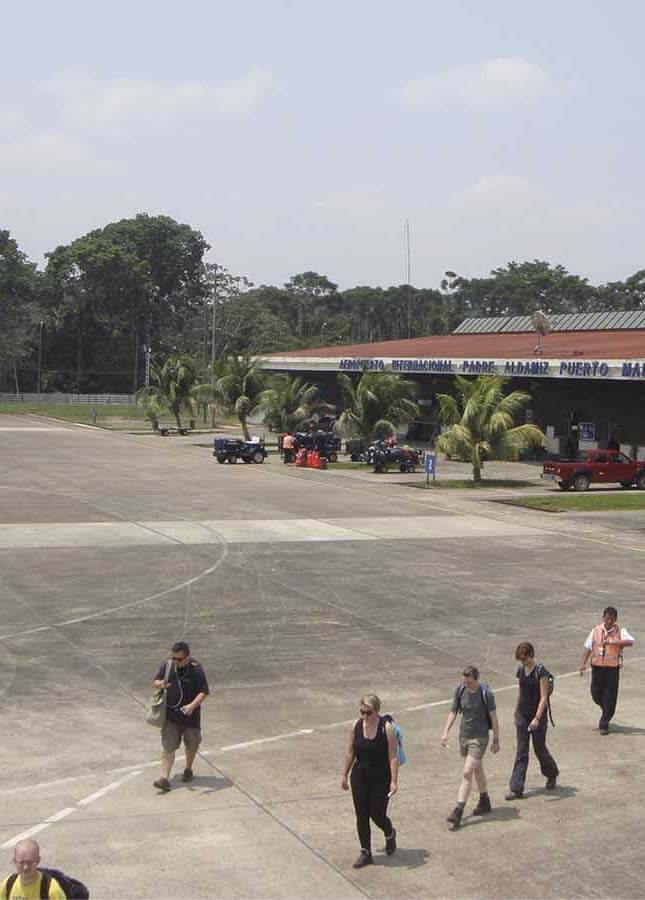1. Introduction
Padre Aldamiz International Airport, also known as Puerto Maldonado International Airport, serves as the gateway to the lush Amazonian city of Puerto Maldonado in Peru. Though designated “international,” it primarily handles domestic flights, bustling with ecotourists eager to explore the surrounding rainforests and wildlife reserves.
2. Location
It is located 7 kilometers west of Puerto Maldonado, the airport sits amidst the Madre de Dios region, renowned for its biodiversity and proximity to national parks like Tambopata-Candamo. Its strategic location makes it a crucial connection point for both travelers and cargo within the region.
3. History
It was inaugurated in 1943, the airport initially catered to military operations. Over the years, it witnessed the rise and fall of various airlines, with LATAM Peru currently dominating the domestic route to Lima. Despite limited international flights, Padre Aldamiz remains a vital hub for tourism and regional development.
4. Facilities
Though modest in size, the airport offers travelers essential amenities including baggage claim, currency exchange, souvenir shops, and cafes. Passengers can relax in the waiting area equipped with air conditioning and free Wi-Fi while awaiting their flights.
5. Airlines and Destinations
LATAM Peru reigns supreme for domestic connections, with frequent flights to the capital city of Lima. Occasional charter flights catering to ecotourism ventures might connect to international destinations, but scheduled international passenger service is currently unavailable.
6. Transportation Infrastructure
Taxis and local mototaxis readily await passengers outside the terminal for convenient onward journeys into Puerto Maldonado. Public transportation options are limited, though pre-arranged shared vans or rental cars offer alternative means of exploring the city and surrounding areas.
7. Cargo Operations
While primarily focused on passenger travel, Padre Aldamiz plays a crucial role in regional cargo movement. The Peruvian Air Force utilizes the airport for transporting civilian cargo, especially perishable goods like fish and agricultural produce, connecting the Amazon jungle to major Peruvian markets.
